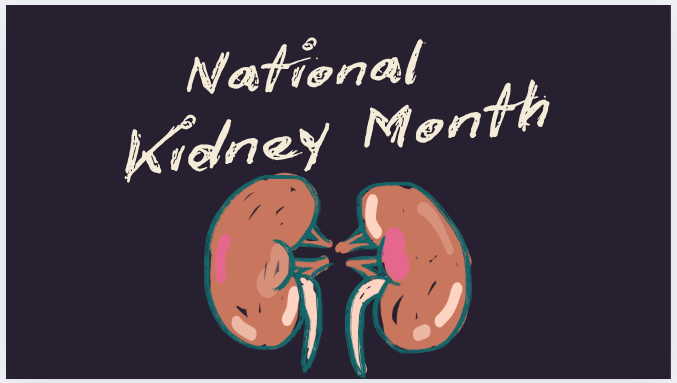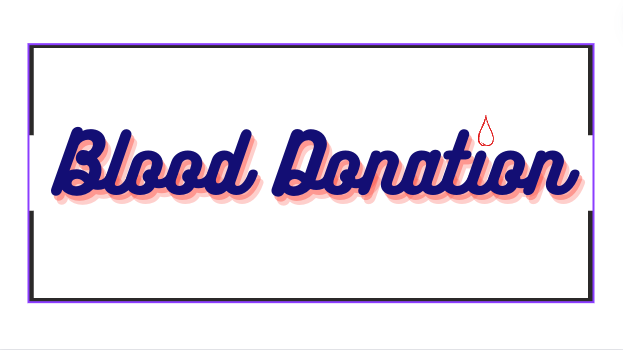January is national blood donation month. Donating blood is so important because it can save lives. Unfortunately, not enough people are donating blood. According to Hofstra University, “Only four out of one hundred people who can donate blood do so.” Blood needs to be replenished often because many people need blood transfusions. Blood is provided to people after severe accidents, cancer patients, surgical patients, people with blood diseases, and people with anemia. Many people don’t donate, because they have many questions, and reasonably so. That is why I am here to talk to you about the different types of blood, who qualifies, and the donation process.
First of all, there are a couple of different kinds of donations. You can donate red blood cells, platelets, plasma, and whole blood. They all are used for different things. Red blood cells are used for severe blood loss or blood disorders. Platelets are typically for chemo and low platelet count patients, due to their lack of platelets. Plasma has healthy proteins to help people with severe burns, liver failure, and infections. Whole blood is used for patients who have internal bleeding. Whole blood is exactly what it sounds like, it has everything to refuel the patients’ blood that they have lost.
People who qualify for donating blood must provide an ID, have a minimum weight of 110 LBS, be within the age limit of 17-76, and not have received a tattoo within the past year. You can donate every 56 days, which is about 5 times a year. You shouldn’t donate while sick and should not take antibiotics for 48 hours before donating. People who are pregnant shouldn’t donate, nor should people who are anemic.
Once you arrive, you will provide an ID, then fill out a registration form. After that, a staff member will ask you some questions about your health and fill out a sheet with things like your pulse, temperature, and blood pressure. Then the person assisting you will take a quick blood sample from your finger to make sure that your blood has a proper amount of iron. After that, your arm will be cleansed with an alcohol swab and you will be given a stress ball. Next, the needle will be inserted into your arm and you will sit there for about 8-10 min. During the procedure you will be asked to squeeze the ball you were given. This is to increase blood flow to the needle. Then, the needle will be removed, and a bandage will be wrapped around your arm. After that, you will be directed to a lounge with food and drinks to help replenish yourself before you leave.
In conclusion, the whole process takes less than an hour. Donation is easy and can help many. The Morris Area High School BPA will be hosting a blood drive this year on Feb. 23 in the 91 gym. Hope to see you there!











